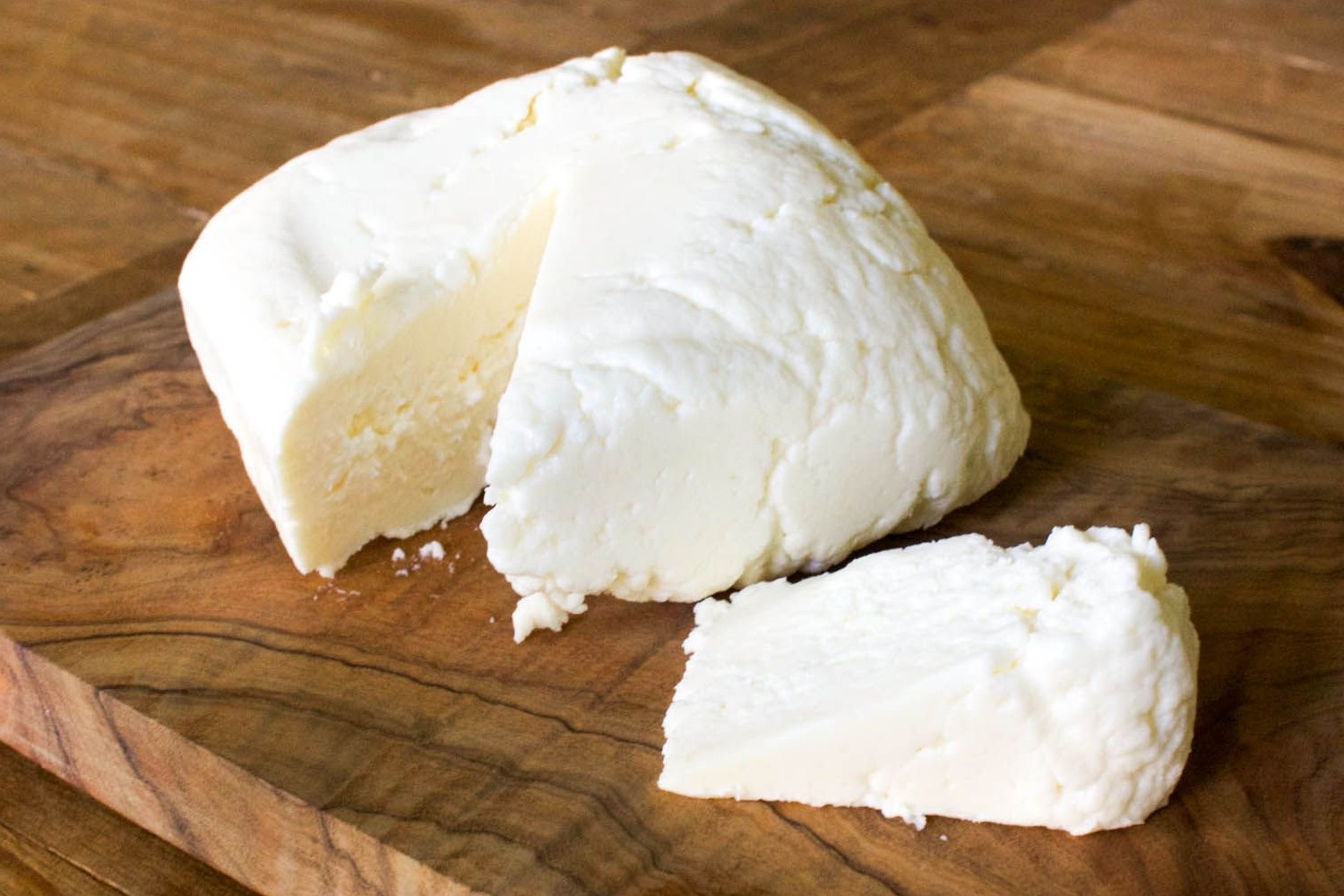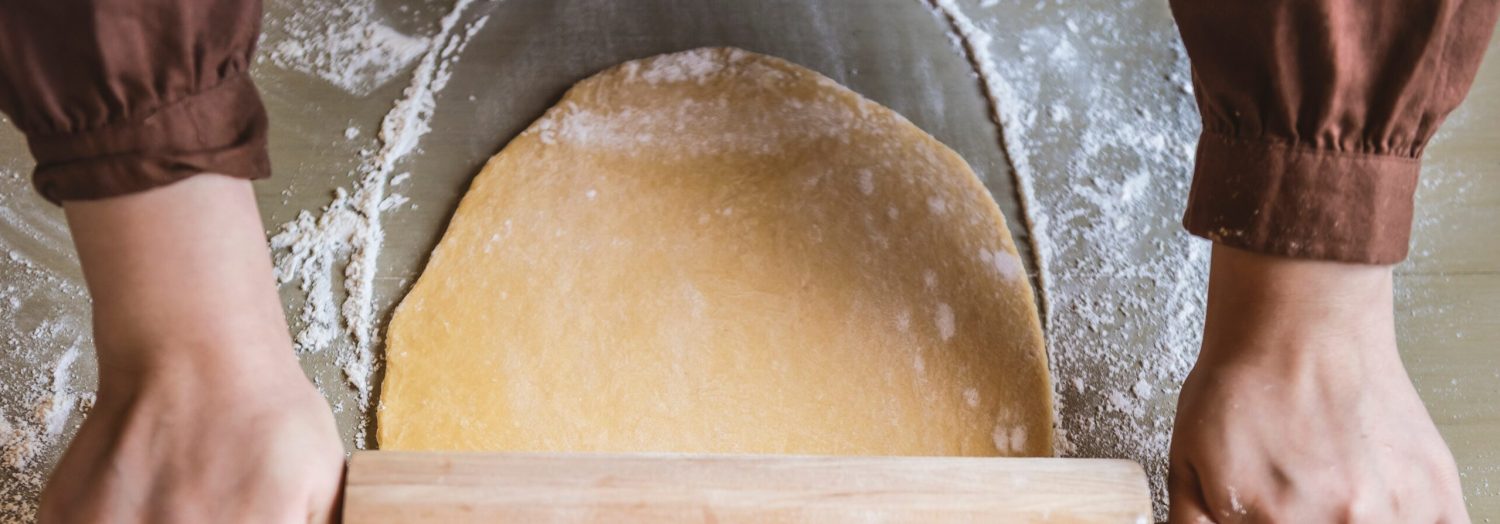Creating fresh cheese at home is a delightful and rewarding experience. This simple recipe allows you to enjoy the creamy texture and rich flavor of homemade cheese without any preservatives or additives. Perfect for spreading on bread, adding to salads, or incorporating into your favorite dishes, this fresh cheese is sure to become a staple in your kitchen.
The ingredients for this recipe are quite straightforward and commonly found in most households. However, if you don't usually keep whole milk on hand, you will need to pick some up from the supermarket. Additionally, make sure you have fresh lemon juice rather than bottled, as it will provide a better flavor and more effective curdling.

Ingredients For Fresh Cheese Recipe
Whole milk: The base of the cheese, providing richness and creaminess.
Lemon juice: Acts as an acid to curdle the milk and separate the curds from the whey.
Salt: Enhances the flavor of the cheese, making it more savory and delicious.
Technique Tip for Making Fresh Cheese
When heating the milk, ensure you stir it occasionally to prevent it from scorching at the bottom of the pot. This will help maintain a smooth texture and avoid any burnt flavors in your fresh cheese.
Suggested Side Dishes
Alternative Ingredients
whole milk - Substitute with 2% milk: If you prefer a slightly lighter cheese, 2% milk can be used, though the texture may be a bit less creamy.
whole milk - Substitute with goat milk: For a tangier flavor, goat milk can be used, which will also result in a slightly different texture.
lemon juice - Substitute with white vinegar: White vinegar can be used to curdle the milk in place of lemon juice, providing a similar acidic reaction.
lemon juice - Substitute with apple cider vinegar: Apple cider vinegar can also be used as a substitute for lemon juice, adding a subtle fruity note to the cheese.
salt - Substitute with sea salt: Sea salt can be used in place of regular salt, offering a slightly different mineral content and flavor.
salt - Substitute with kosher salt: Kosher salt can be used as a substitute for regular salt, providing a cleaner taste and easier control over seasoning.
Other Alternative Recipes Similar to This
How to Store or Freeze Your Cheese
To store your freshly made cheese, first ensure it is completely cooled. Transfer it to an airtight container to maintain its freshness and prevent it from absorbing any unwanted odors from other foods in your refrigerator.
Place the container in the coldest part of your fridge, typically the back of the bottom shelf. This will help keep the cheese at a consistent temperature, preserving its texture and flavor.
If you plan to enjoy your fresh cheese within a week, it will stay perfectly fine in the refrigerator. However, for longer storage, freezing is a great option.
To freeze, wrap the cheese tightly in plastic wrap or aluminum foil. This extra layer of protection will help prevent freezer burn and maintain the cheese's quality.
Place the wrapped cheese in a freezer-safe bag or container. Label it with the date so you can keep track of its storage time.
When you're ready to use the frozen cheese, transfer it to the refrigerator to thaw slowly. This gradual thawing process helps retain the cheese's creamy texture.
Avoid refreezing cheese once it has been thawed, as this can negatively impact its texture and flavor.
For the best culinary experience, use your fresh cheese in a variety of dishes, from salads to soups, or even as a delightful addition to desserts.
How to Reheat Leftovers
Stovetop Method: Place the fresh cheese in a small saucepan over low heat. Add a splash of milk or cream to maintain its creamy texture. Stir gently until warmed through, being careful not to overheat and cause separation.
Microwave Method: Transfer the fresh cheese to a microwave-safe dish. Cover it with a damp paper towel to retain moisture. Heat on medium power in 15-second intervals, stirring in between, until the cheese reaches the desired temperature.
Oven Method: Preheat your oven to 300°F (150°C). Place the fresh cheese in an oven-safe dish, cover it with aluminum foil to prevent drying out, and heat for about 10-15 minutes. Check periodically to ensure it doesn't overcook.
Double Boiler Method: Fill a pot with a few inches of water and bring it to a simmer. Place a heatproof bowl containing the fresh cheese over the pot, ensuring the bowl doesn't touch the water. Stir occasionally until the cheese is warmed through.
Steaming Method: Place the fresh cheese in a heatproof dish and set it in a steamer basket over boiling water. Cover and steam for about 5-7 minutes, or until the cheese is heated to your liking.
Essential Tools for Making Fresh Cheese
Pot: Used to heat the milk over medium heat until it reaches a gentle boil.
Stirring spoon: Essential for stirring the milk gently after adding lemon juice and salt.
Cheesecloth: Lined in a strainer to separate the curds from the whey.
Strainer: Holds the cheesecloth and allows the whey to drain out, leaving the fresh cheese.
Bowl: Used to transfer the fresh cheese after draining and for refrigerating until ready to use.
Thermometer: Optional but helpful to ensure the milk reaches the correct temperature for curdling.
How to Save Time on Making Cheese
Pre-measure ingredients: Measure out the milk, lemon juice, and salt before you start to streamline the process.
Use a thermometer: A kitchen thermometer helps you quickly reach the right temperature for the milk without constant monitoring.
Prepare the strainer: Line your strainer with cheesecloth in advance to save time when the curds are ready.
Multi-task: While the milk is heating, set up your strainer and prepare the refrigeration container.
Clean as you go: Wash utensils and pots immediately after use to save time on cleanup later.

Fresh Cheese Recipe
Ingredients
Main Ingredients
- 1 liter Whole milk
- 2 tablespoon Lemon juice
- 1 teaspoon Salt
Instructions
- Heat the milk in a pot over medium heat until it reaches a gentle boil.
- Add lemon juice and salt, then stir gently.
- Let the mixture sit for 10 minutes to curdle.
- Pour the mixture into a cheesecloth-lined strainer and let it drain for 20 minutes.
- Transfer the fresh cheese to a bowl and refrigerate until ready to use.
Nutritional Value
Keywords
Suggested Main Courses and Desserts
More Amazing Recipes to Try 🙂
- Red Scalloped Potatoes Recipe1 Hours
- Shrimp and Scallop Stir Fry Recipe25 Minutes
- Four Cheese Ravioli Recipe40 Minutes
- Grilled Sausage with Peppers and Onions Recipe30 Minutes
- Fish Batter Recipe30 Minutes
- Keto Mock Crab Salad Recipe15 Minutes
- Restaurant Slaw Recipe15 Minutes
- Spicy Crab Spring Rolls Recipe30 Minutes

Leave a Reply